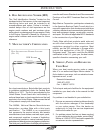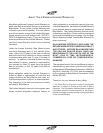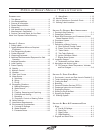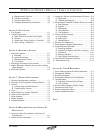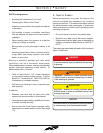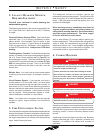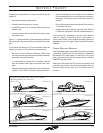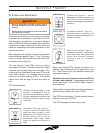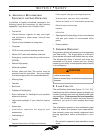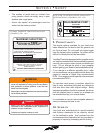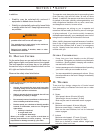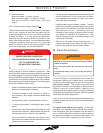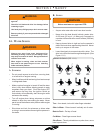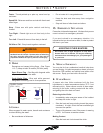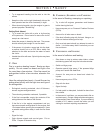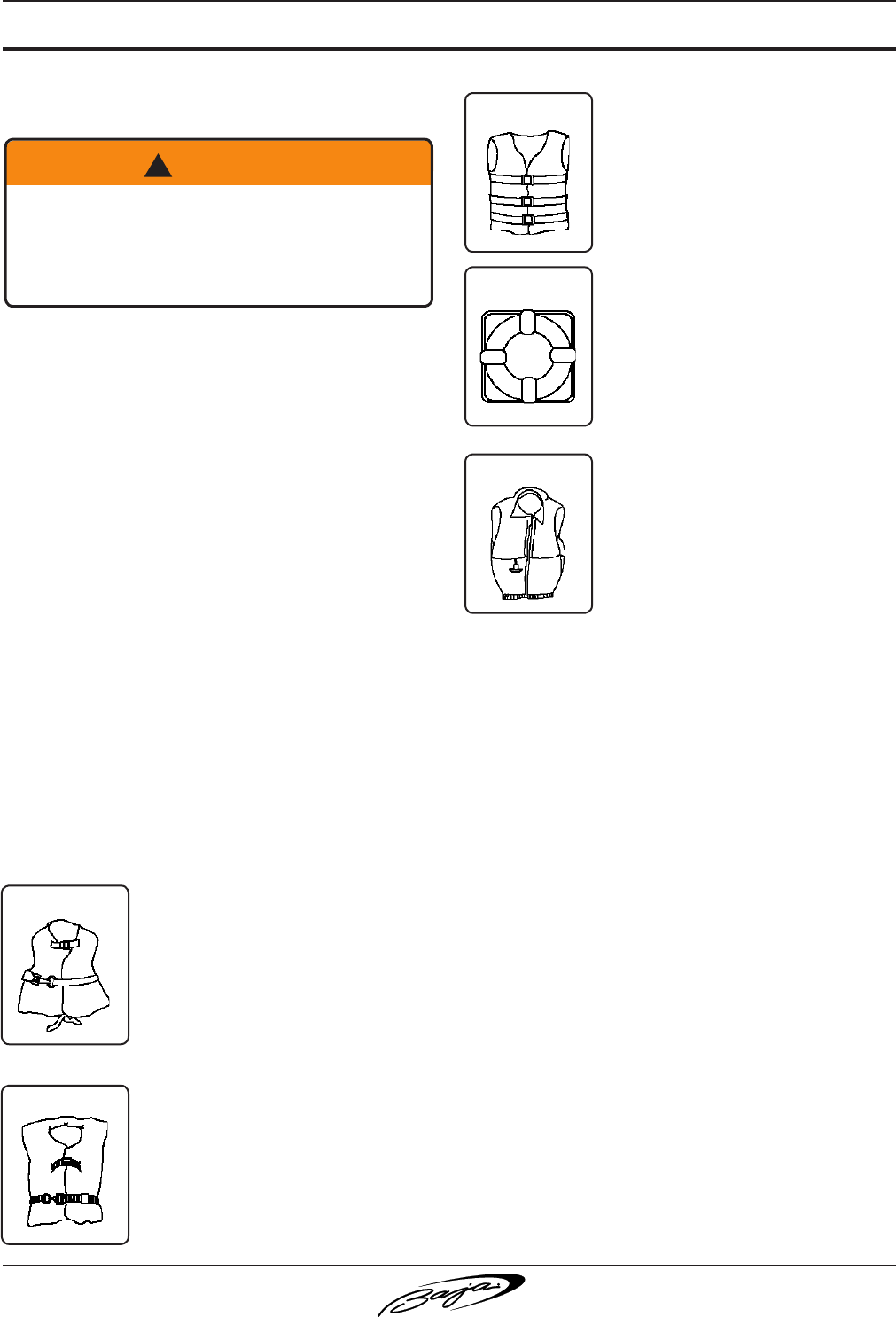
23 Outlaw
®
1.4
SeCtiOn 1 • SaFety
R
Speed changes you.
TM.
Even strong swimmers can tire quickly in the water
and drown due to exhaustion, hypothermia, or both.
The buoyancy provided by a personal otation
device (PFD) will allow the person who has fallen
overboard to remain aoat with far less effort and
heat loss, extending survival time necessary to nd
and retrieve them.
Boat operators are required to carry one wearable
personal otation device (Type I, II, III or V) for every
person on board. Boats must also have at least one
throwable device (Type IV).
The law requires that PFDs must be readily
accessible, if not worn. "Readily accessible" means
removed from storage bags and unbuckled. But,
children and non-swimmers must wear PFDs at all
times when aboard. It is common sense to have
everyone on board wearing PFDs. A throwable
device must also be right at hand and ready to
toss.
PFD Classications:
(FIG. 1.4.1)
Off-Shore Life Jacket (Type I) – most
buoyant, it is designed to turn an
unconscious person face up; used in
all types of waters where rescue may
be slow, particularly in cold or rough
conditions.
(FIG. 1.4.2)
Near-Shore Life Vest (Type II) –
"keyhole" vest with flotation-filled
head and neck support is also
designed to turn a person face up,
but the turning action is not as
pronounced; used in calm, inland
waters or where quick rescue is
likely.
(FIG. 1.4.3)
Flotation Aid (Type III) – vest is
designed so conscious wearers can
turn face up; often designed for
comfort while engaged in sports such
as skiing.
(FIG. 1.4.4)
Throwable Devices (Type IV) –
horseshoe buoys, ring buoys and
buoyant cushions are designed to be
grasped, not worn.
(FIG. 1.4.5)
Special-Use Devices (Type V) –
sailboat harnesses, white-water
vests, oat coats, and hybrid vests
which have minimum inherent
buoy ancy and a n in fl at able
chamber.
Before purchasing PFDs, ensure that there is an
attached tag indicating they are approved by the
U.S. Coast Guard or by your national boating law
enforcement agency.
Children and non-swimmers must wear PFDs at
all times when aboard. All passengers and crew
should wear them. A loose PFD is often useless in
an emergency.
The operator is responsible for instruction everyone
aboard on the location and use of PFDs.
Size PFDs for the wearer. Children require special
attention in the use of PFDs.
Test PFD buoyancy at least once a year.
5. lifesavinG equipMenT
Have all passengers and the operator wear a
Personal Flotation Device (PFD) at all times when
boating.
When someone is overboard, it can be too late to
have them put on a PFD.
! WARNING



